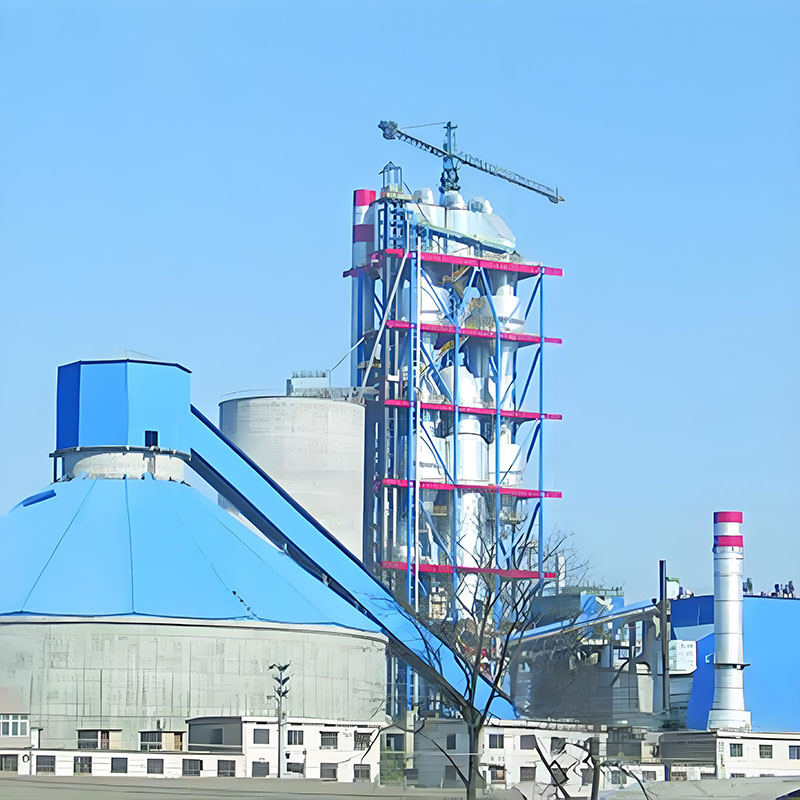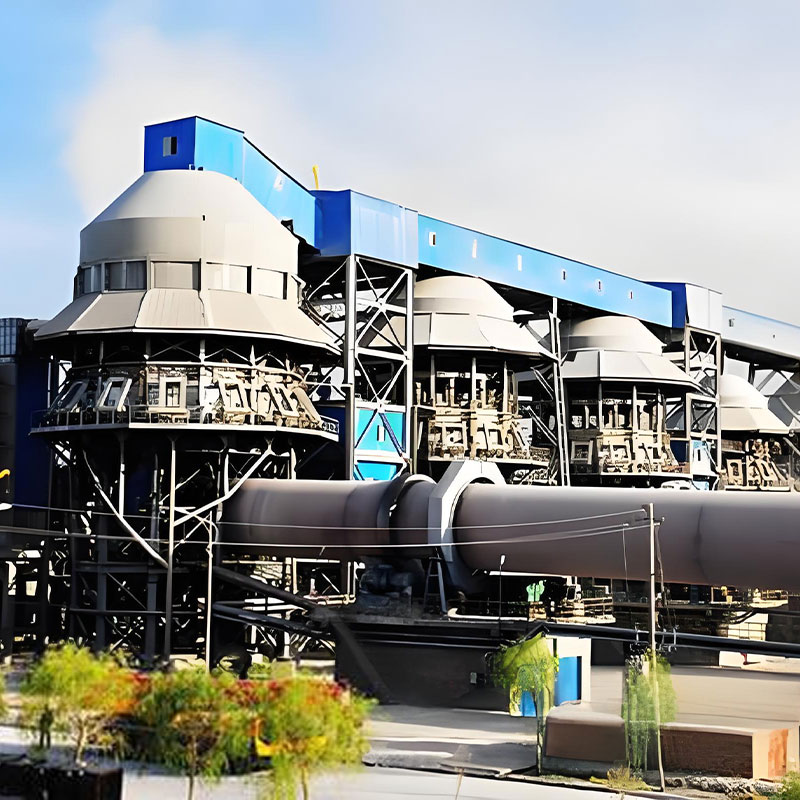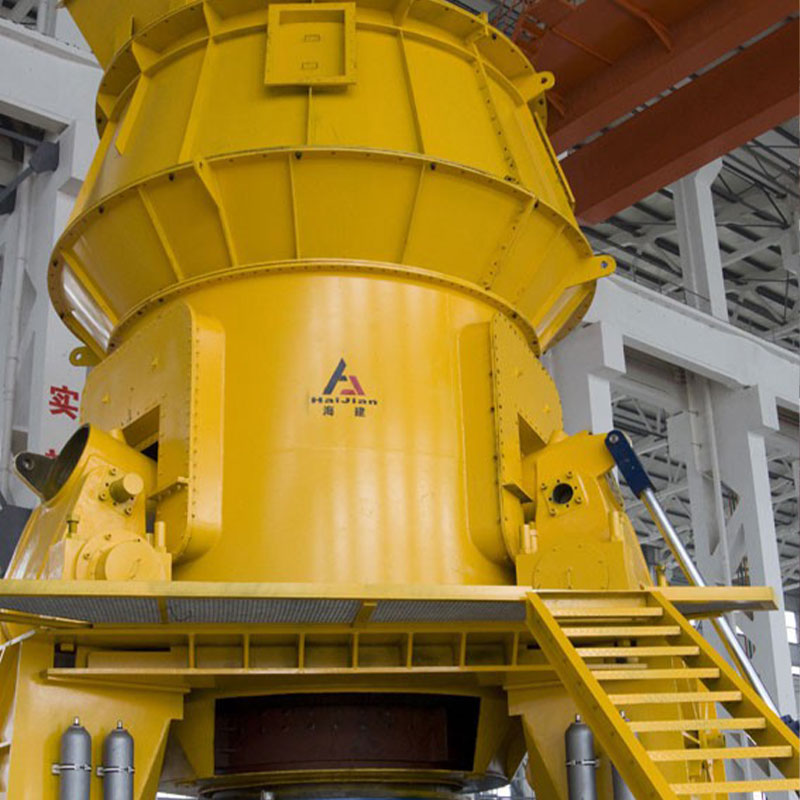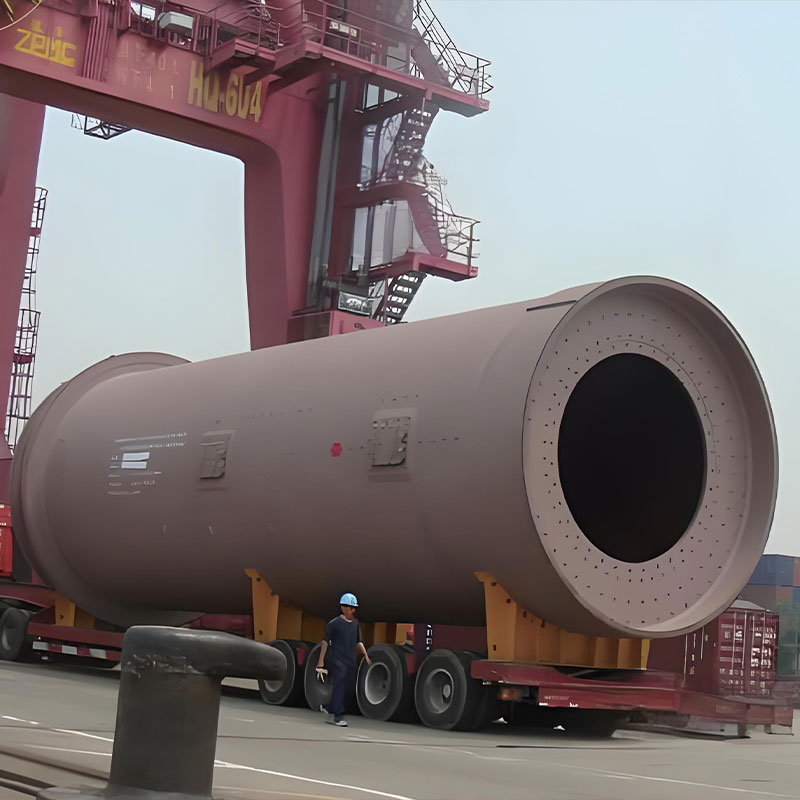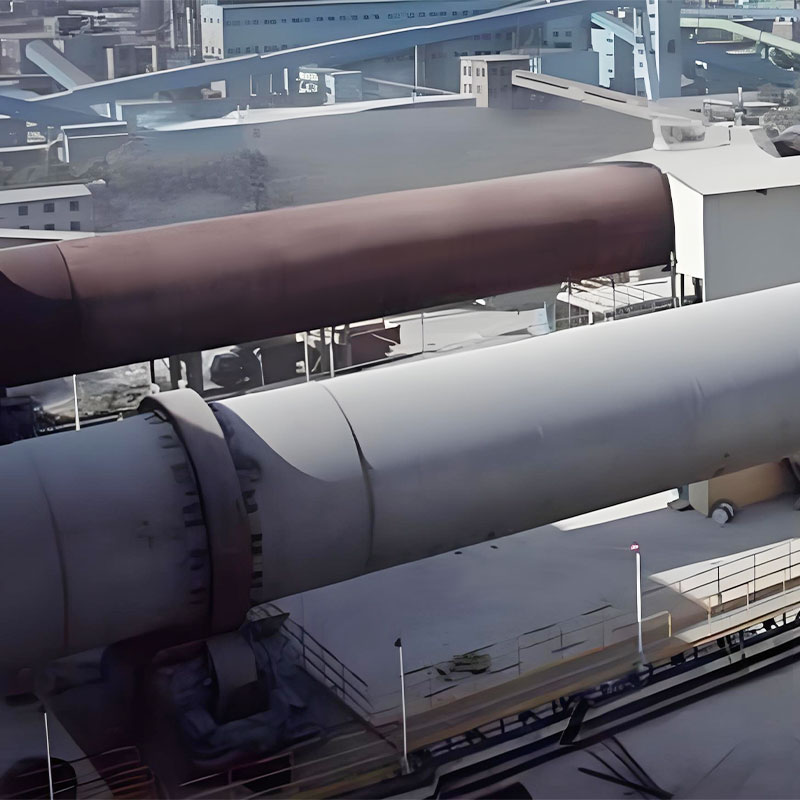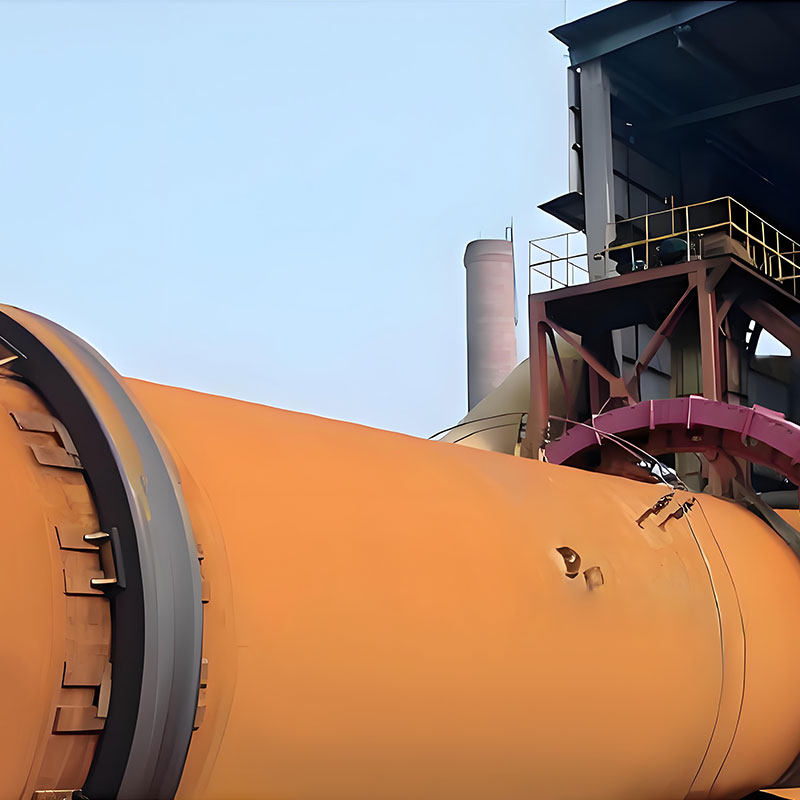What is a Cement Mill?
A cement mill is a key piece of equipment in the cement production process, primarily used to grind cement clinker, gypsum, and admixtures (such as slag and fly ash) to a desired fineness to form the final cement product. As a key step in secondary crushing after material crushing, the cement mill directly determines the cement's particle size distribution, water requirement, and strength properties. In closed-circuit grinding systems, the recirculating separation of powders by a classifier can increase production and reduce energy consumption.
Content
1. Main Types of Cement Mills
Ball mills use steel balls to impact and grind materials, and are suitable for all cement grinding methods (open-circuit or closed-circuit systems).
Advantages: High adaptability and the ability to process materials of varying hardness.
Disadvantages: High energy consumption, high noise levels, and low efficiency.
Vertical roller mills (VRMs) utilize roller pressure and shear forces to grind materials and are widely used in modern cement plants.
Advantages: Low energy consumption (30%-50% energy savings compared to ball mills), small footprint, and low noise levels. Disadvantages: Sensitive to moisture and hardness of materials, requiring high maintenance.
Roller press uses high-pressure roller pre-grinding and is often combined with ball mill to form a combined grinding system.
Advantages: Significant energy saving effect, suitable for high-hardness materials.
Disadvantages: When used alone, the fineness of the finished product is limited and needs to be combined with other mills.
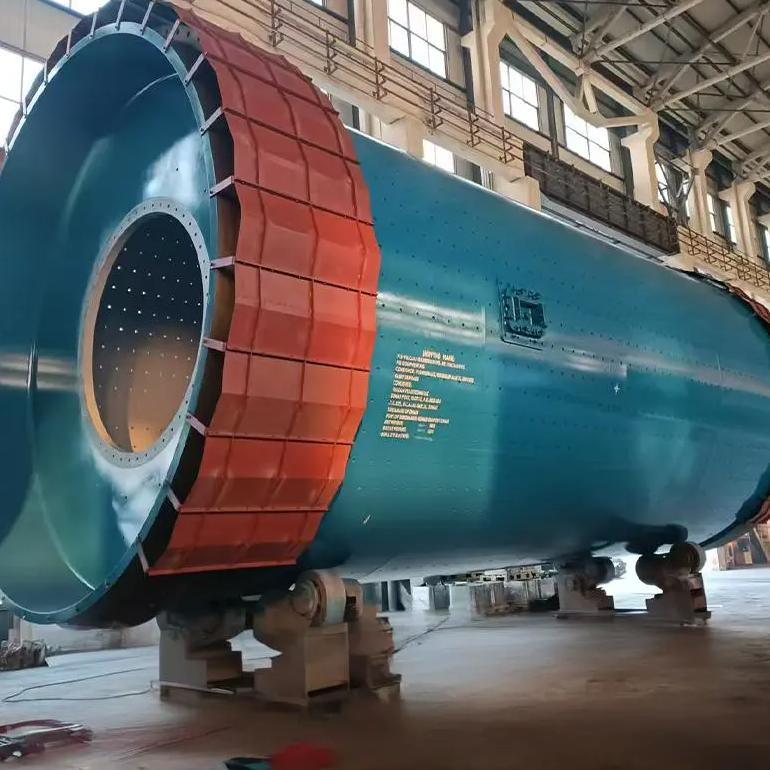
2. Main structure of cement mill
(1) Ball mill structure
Cylinder: Rotating steel cylinder lined with wear-resistant material (such as high-chromium cast iron).
Grinding body: Steel balls or steel segments, providing impact and grinding action.
Feeding device: Screw conveyor or chute feeding.
Discharging device: Grate plate controls material discharge.
Transmission system: Motor + reducer drives the cylinder to rotate.
(2) Vertical mill structure
Grinding disc: Rotating grinding platform.
Grinding roller: Hydraulic pressure, crushing the material.
Powder separator: Dynamic or static classification, controlling the fineness of the finished product. Nozzle ring: Hot air inlet for drying wet materials.
3. Working Principle of a Cement Mill
Materials enter the mill (clinker + gypsum + mixed materials).
The grinding media (steel balls/rollers) apply impact, compression, and shear forces to the materials, breaking them up and refining them.
In a closed-circuit system, a classifier separates qualified fine powder, while the coarse powder is returned for further grinding.
The finished cement is collected by a dust collection system and stored in a cement silo.
4. Key Factors Affecting Cement Mill Efficiency
| Factors | Influencing |
| Material Hardness | The higher the hardness, the greater the grinding energy consumption (e.g., slag is more difficult to grind than clinker). |
| Grinding Particle Size | The smaller the particle size, the higher the grinding efficiency (pre-crushing can reduce energy consumption). |
| Grinding Body Grading | The ball size ratio affects grinding efficiency (large balls crush, small balls finely grind). |
| Grinding Mill Ventilation | Good ventilation reduces temperature and reduces "muddy grinding." |
| Powder Classification Efficiency | The performance of the powder classifier in a closed-circuit mill directly affects output and fineness. |
| Moisture Content | Wet materials are prone to clogging, so vertical mills require hot air drying (moisture content is generally controlled to <1.5%). |
News Category
Recommended Products
It is focused on the overall solution of dry bulk material port transfer system,
research and development, manufacturing, and service
- Product Category
- >Cement production line
- >Environment protection
- >Metallurgical and mining equipment
- >Pressure Vessel
- Quick Links
- >Products
- >Company
- >Equipments
- >Solutions
- >Services
- >News
- >Contact
- Contact us
-
-
 Call us for support+86 13584702563
Call us for support+86 13584702563 -
 Call us for supporthaijian@haijianstock.com
Call us for supporthaijian@haijianstock.com -
 No. 198, Shuanglou Road, Qutang Town, Haian County, Jiangsu Province
No. 198, Shuanglou Road, Qutang Town, Haian County, Jiangsu Province
-


 English
English  русский
русский  Español
Español 